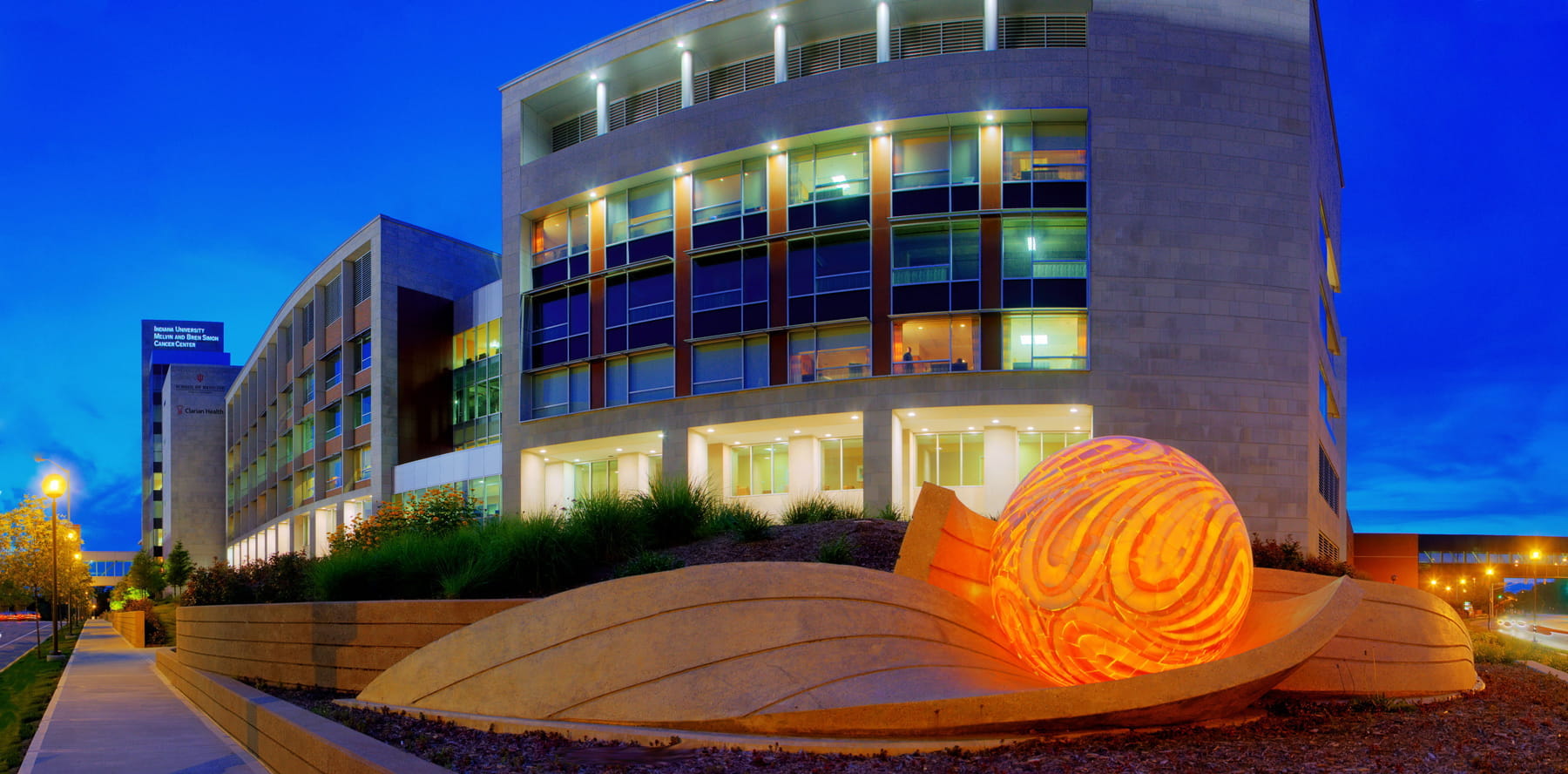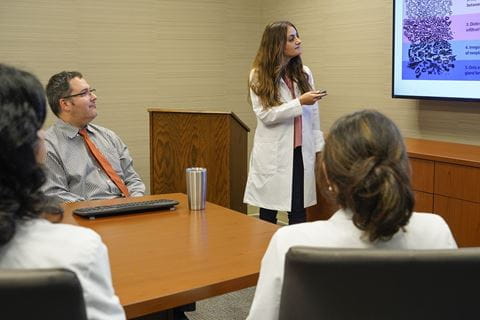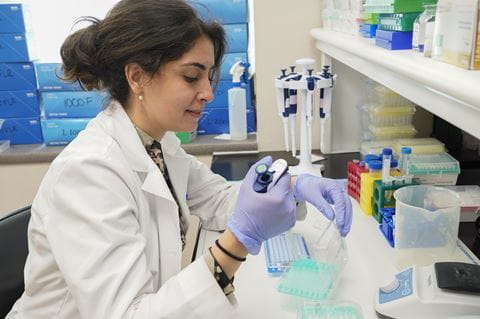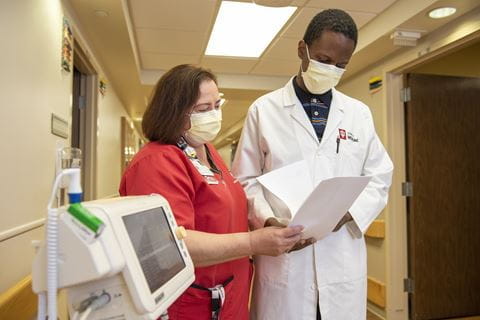Through medical education and research programs, the Department of Radiation Oncology at IU School of Medicine is helping to create better ways of treating diseases that are amenable to radiation therapy and training tomorrow’s leading radiation oncologists, physicists and radiation therapists. Department faculty treat a wide variety of cancers and take seriously the commitment to ensure that patients have access to quality, state-of-the-art radiation oncology services.
Radiation Oncology


Education
The Department of Radiation Oncology offers MD courses, medical and physics residency programs, and undergraduate radiation therapy training — all taught by accomplished experts in this field of medicine.

Research
The Radiation Oncology team is engaged in a wide range of clinical trials and research projects that leverage collaborative partnerships across traditional academic boundaries, modern facilities at IU School of Medicine and a dynamic biomedical industry in Indiana.

Clinical Care
Faculty educators in the Department of Radiation Oncology offer individualized cancer treatments for each patient. Technologically advanced procedures include stereotactic radiosurgery, radioactive seed implantation, intensity-modulated radiation therapy and volumetric arc therapy.

Rich C. Zellars, MD
Chair, Department of Radiation Oncology

Maria Walker MA, RT (R) (T)
Director, Radiation Therapy Program
Committed Clinical Care
The Department of Radiation Oncology at IU School of Medicine provides patients the most responsive, efficient and cost-effective radiation oncology services possible and upholds the highest ethical standards in a socially responsible manner to maximize the welfare of patients, department staff and the community.
Graduate Medical Education Programs
IU School of Medicine offers residency programs in radiation oncology and medical physics. The Radiation Oncology Residency is a four-year categorical program that begins at the PGY2 level. The Medical Physics Residency program covers basic physics, treatment planning, daily treatment setups and brachytherapy calculations in a curriculum that spans four years.